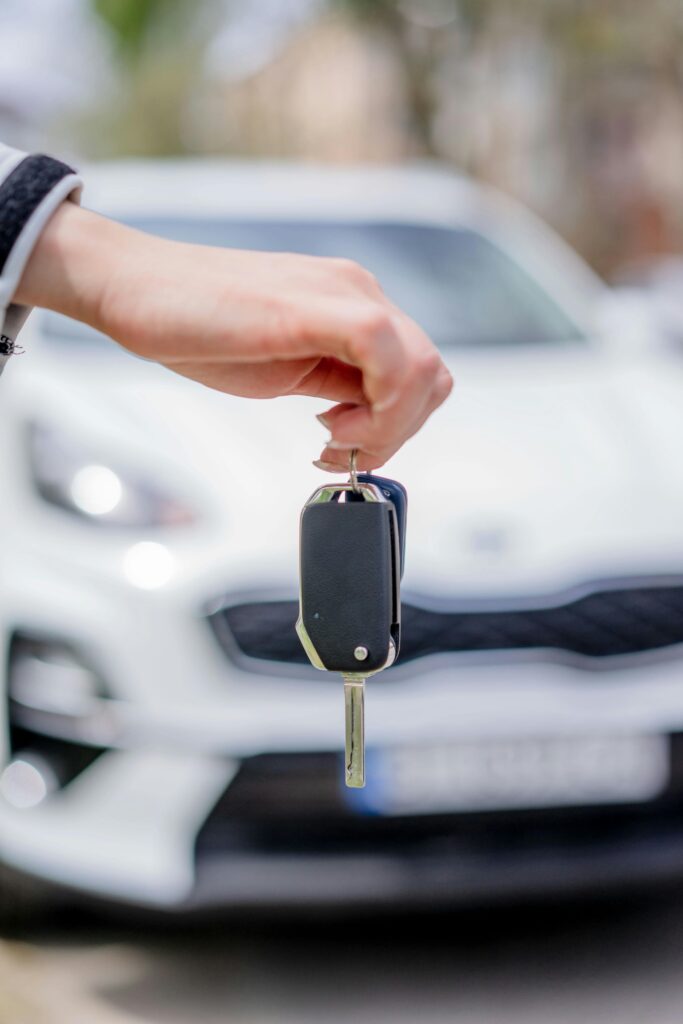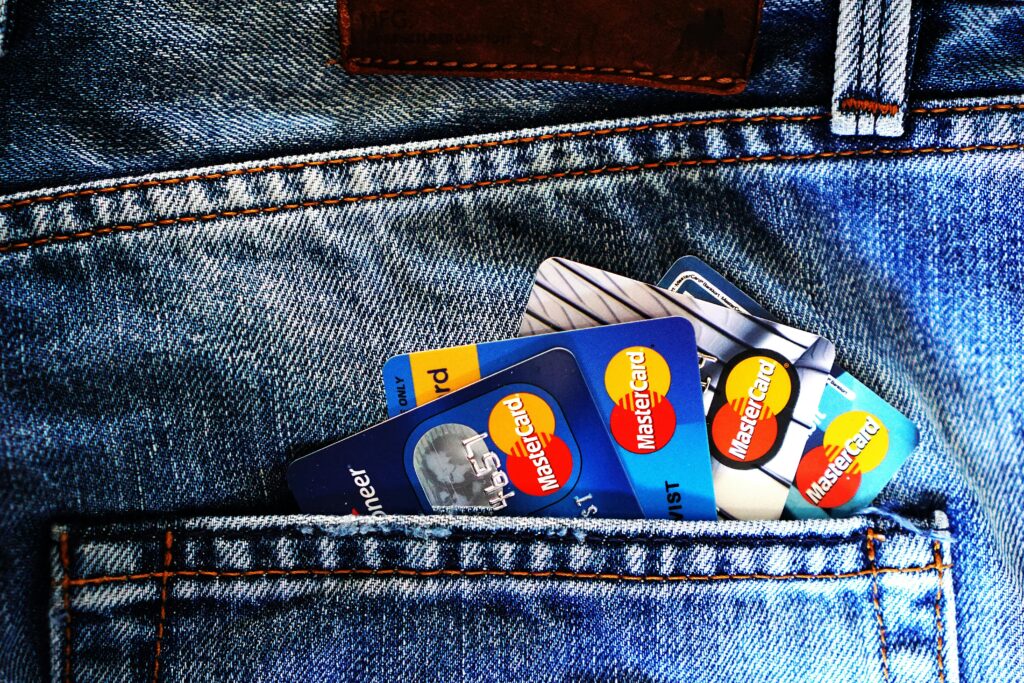Buying a car is one of the biggest financial decisions most of us make outside of housing. Whether you’re looking at a brand-new SUV or a dependable used sedan, the choices you make about financing, insurance, and add-on products can affect your wallet for years to come.
This guide is designed to help both prime buyers (with strong credit profiles) and subprime buyers (with challenged or rebuilding credit) navigate the car-purchasing process. We’ll cover the basics of financing, discuss smart product choices, and offer strategies to save money no matter your credit score.
🔑 Step 1: Understand Where You Stand
Before stepping onto a dealer lot or clicking “apply” online, you need to know your credit tier:
- Prime buyers: Typically credit scores of 660 and above. Prime borrowers qualify for the best loan rates, lowest insurance premiums, and the broadest choice of lenders.
- Subprime buyers: Generally credit scores below 660. Subprime borrowers face higher interest rates, stricter loan terms, and sometimes fewer vehicle options.
👉 Tip: Check your credit score before shopping. Free services like Credit Karma or annualcreditreport.com let you see your profile. Knowing your score helps you set realistic expectations and avoid surprises at the dealership.
💰 Step 2: Financing Options for Prime Buyers
If you have strong credit, lenders want your business—and that gives you leverage.
Prime Buyer Advantages
- Lower APRs: Prime buyers can often secure car loans in the 4–6% range (as of 2025, depending on market rates).
- Longer terms: Banks and credit unions may extend favorable terms up to 72 or 84 months.
- Flexibility: You can choose between direct financing (credit union, online bank) or dealership financing.
Smart Add-On Products for Prime Buyers
Even with a great loan, consider products that protect your investment:
- GAP Insurance (Guaranteed Asset Protection): If your car is totaled, GAP covers the difference between what you owe and what the car is worth. Particularly useful on new cars that depreciate quickly.
- Extended Warranties / Vehicle Service Contracts: These plans cover repairs beyond the factory warranty. Prime buyers often get better pricing because they’re lower risk to warranty providers.
- Tire & Wheel Protection or Maintenance Plans: Bundled service contracts can make budgeting easier and protect resale value.
👉 Pro Tip: Don’t take the first financing offer. Shop around with at least one credit union, one bank, and the dealer’s financing arm. Then negotiate.
💳 Step 3: Financing Options for Subprime Buyers
Subprime borrowers face steeper challenges, but buying a car is still possible—and with careful planning, it can also be a path toward rebuilding credit.
Subprime Buyer Realities
- Higher APRs: Subprime rates often range 10–20%, depending on credit history.
- Shorter terms & higher payments: Lenders may limit loans to 36–60 months.
- Bigger down payments: Expect to put down at least 10–20% to secure approval.
Best Practices for Subprime Buyers
- Choose Reliable, Modest Vehicles: Focus on used cars with a track record of reliability (e.g., Honda Civic, Toyota Corolla, Ford Escape). A dependable car lowers the risk of repair bills derailing your budget.
- Consider “Buy Here, Pay Here” Only as a Last Resort: These dealerships approve almost everyone, but rates and fees are often sky-high. Always explore credit unions or specialized subprime lenders first.
- Look Into Cosigners: If you have a trusted family member with stronger credit, adding them can lower rates significantly.
- Helpful Products for Subprime Buyers
- Credit-Building Auto Loans: Some credit unions and smaller banks offer loans designed to help rebuild credit. Making on-time payments can raise your score.
- Mechanical Breakdown Insurance (MBI): For used cars, MBI can cover costly repairs and prevent unexpected expenses that lead to missed payments.
- Payment Protection Insurance: In case of job loss or disability, this product covers loan payments, reducing default risk.
- 👉 Pro Tip: Subprime borrowers should focus less on the monthly payment and more on the total loan cost. A smaller, less expensive car financed responsibly beats a flashy car with a crushing loan.
🏦 Step 4: The Role of Credit Unions and Online Lenders
Both prime and subprime buyers benefit from exploring credit unions. They often offer:
- Lower interest rates than big banks.
- Flexible underwriting for subprime borrowers.
- Fewer “hidden” fees compared to dealership financing.
Online lenders and marketplaces (like LendingTree or Capital One Auto Navigator) also let you pre-qualify and compare multiple offers without impacting your credit score.
📉 Step 5: Refinancing Opportunities
One overlooked strategy: refinancing your car loan.
- Prime buyers: If you took dealer financing at a higher rate for convenience, you can often refinance through your bank or credit union for a lower rate within the first year.
- Subprime buyers: After 12–18 months of consistent, on-time payments, you may qualify to refinance into a lower rate as your credit improves.
👉 Pro Tip: Keep an eye on your credit score. Even a 40–50 point jump can move you into a new tier and save thousands over the life of the loan.
🚙 Step 6: Insurance and Related Services
Your car payment is just the start. Insurance and related services are part of the total cost of ownership.
- Prime buyers: You may qualify for significant insurance discounts. Shop around and bundle auto with homeowners/renters for added savings.
- Subprime buyers: Insurance companies sometimes charge higher rates for lower credit scores. Compare quotes across at least 3 insurers.
Other services to consider:
- Roadside Assistance: AAA, insurance add-ons, or manufacturer programs. Affordable peace of mind.
- Telematics Discounts: Programs like Progressive’s Snapshot or State Farm’s Drive Safe & Save reward good driving habits with lower premiums.
- Identity Theft Protection: Especially important for subprime borrowers, as fraud can damage credit further.
💡 Step 7: Budgeting for the Long Term
Regardless of credit score, smart budgeting ensures your car remains a financial asset, not a liability.
- Rule of Thumb: Keep car-related expenses (loan, insurance, fuel, maintenance) under 15–20% of your monthly take-home pay.
- Plan for Depreciation: Cars lose value quickly. Buying slightly used can save thousands without sacrificing reliability.
- Don’t Over-Extend: Just because you’re approved for a $40,000 loan doesn’t mean you should take it. Focus on what you can comfortably afford over the long term.
❌ Common Mistakes to Avoid
- Only Looking at Monthly Payments: Dealers may stretch loans to lower payments, but that raises total interest costs.
- Skipping Pre-Approval: Walking into a dealership without pre-approval is like shopping blind.
- Overpaying for Add-Ons: Extended warranties and GAP insurance are valuable—but often cheaper through credit unions or insurers than through dealers.
- Failing to Refinance: Too many borrowers stay stuck in high-interest loans even after their credit improves.
🧠 Final Thoughts: Building a Roadmap
For prime buyers, the focus is on maximizing your strong credit: negotiate aggressively, lock in low rates, and add protective products that preserve value.
For subprime buyers, the goal is to secure reliable transportation while using the loan as a tool to rebuild credit. Stay realistic, choose dependable cars, and refinance when your score improves.
No matter your credit score, remember: the car should serve your life—not the other way around. With careful planning, the right products, and a focus on long-term costs, you’ll drive away not just with a vehicle, but with financial peace of mind.


